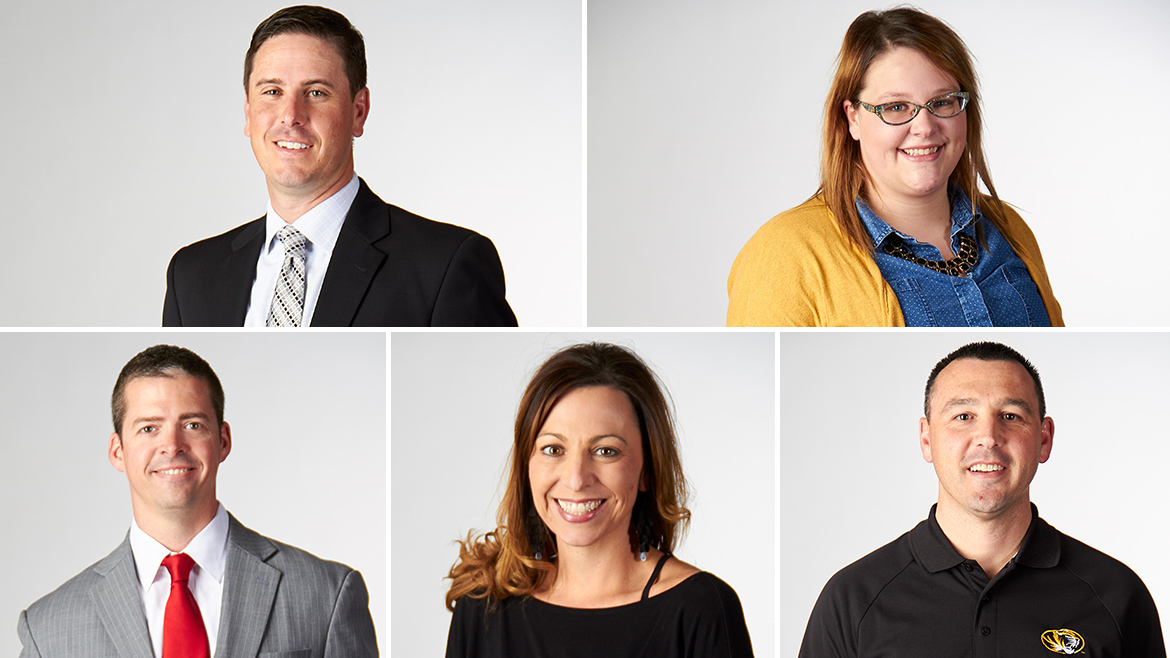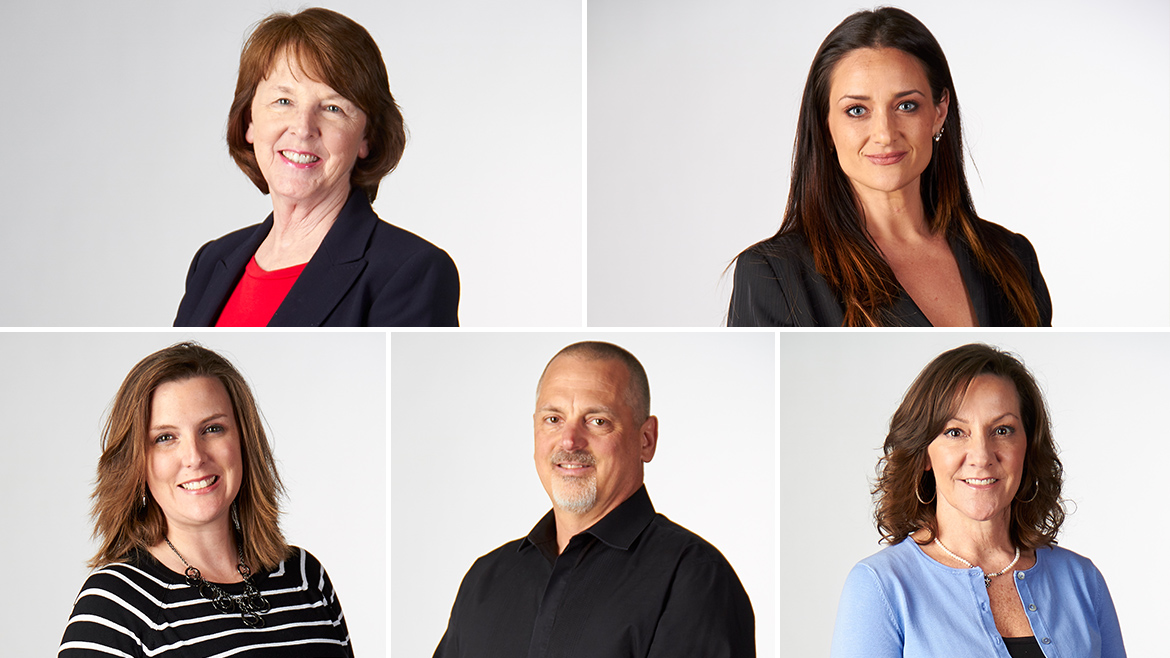Rainbow House: Growing Up Safe

The Rainbow House originally opened in 1986, housing up to 12 children in an old farmhouse. Founder Kathy Hughes had been a foster parent for many years and held a deep compassion in helping at-risk children.
This year, Rainbow House will celebrate its 30th anniversary advocating for children.
Rainbow House, located at 1611 Towne Dr., is a regional child advocacy center, children’s emergency shelter, and homeless youth program. This nonprofit organization supports a total of 11 counties, including Boone County, serving a total of 400 children annually. The shelter can now house up to 14 children at a time, ages zero to 18.
Sixty percent of children admitted are neglected, and the house also cares for children facing emotional, physical, and sexual abuse.
“If we cannot accommodate a need, we will refer [a child] to other counties through our linkage agreement,” says Janie Bakutes, executive director.
Rainbow House’s mission statement is “to keep children safe and support families in crisis through prevention, assessment, and intervention in child abuse and neglect.”
The house is similar to a regular home, with a kitchen, a laundry room, toy rooms, bedrooms, and other amenities. Children enrolled in school continue to attend, if possible.
Funding and Special Events
Rainbow House receives funding through a variety of ways, including grants, the United Way, city council funding, contracts, and fundraisers. Rainbow House will often host special events to raise awareness about their mission.
In 2013, Rainbow House was funded with 16 percent federal funding, 26 percent state and local government funding, 45 percent community donations and special events, 12 percent United Way funding, and 1 percent from fees for services. In April, Rainbow House hosted their ninth annual masquerade ball, with the theme “Night of Heroes.”
Child Advocates
Rainbow House’s Child Advocacy Center provides services for sexually abused children and their families. CAC conducts forensic interviews, a specific type of child-based interviewing done in situations of abuse, and offers counseling, all in a child-friendly environment. The CAC provides services for children in nine counties, and it’s one of 15 CACs in Missouri and one of 500 in the country. Each year, Rainbow House Regional CAC conducts forensic interviews for 380 to 400 children.
Forensic interviews allow trained investigators to gather facts from an abused child in a safe and comfortable way. The interview is video and audio recorded and is used in criminal proceedings, for therapy, and for other decisions that must be made on behalf of the child.
“We have a high percentage of children who are willing to talk to our interviewers,” Bakutes says. “It offers them a sense of relief.”

The CAC was created through a partnership between Rainbow House and the Interagency Council on Child Abuse and Neglect, which is made up of multiple community agencies across the area. ICAN has a case review team that investigates local abuse and neglect and shares resources for families facing abuse.
Emotional and Physical Shelter
When children are removed from their homes due to abuse or neglect, the children’s emergency shelter operates as a temporary home until permanent plans are made.
Children are removed from homes in one of two ways: either the child is removed from a current living situation to receive emergency placement, or a parent seeks shelter for their child for up to 30 days during crises.
Crisis care might include medical emergencies, a death in the family, evictions, domestic violence, or parents in rehab. Ninety-nine percent of crisis care children return to their homes.
The shelter works to reduce emotional trauma suffered by child victims by providing them with home-cooked meals, recreational outings, and activities, as well as nurturing house parents. Rainbow House’s youth specialists are available 24 hours a day, seven days a week. The shelter offers a structured, home-like setting and transportation to get children to and from school.
While at the home, each child receives mental health care and weekly therapy to cope with being taken out of their homes. Treatment services can also include family or group therapy, even after children leave the house.
Homeless Youth Program
The homeless youth program began in 2007 and operates as a transitional living program. Youth ages 15 to 21 who are enrolled in school and homeless or at-risk for homelessness are eligible for this program.
The program provides housing, in a shelter called Sol House, to help young people transition to adulthood. The homeless youth program offers supportive services such as counseling, life skills training, mentoring, and linkage to partnering organizations.
Rainbow House can provide a safe place for up to 21 days and long-term housing for up to 18 months.
Rainbow House also accepts donations such as toys and gently used clothing and also offers children gift cards to help with basic needs.
Impact of Services
Bakutes has been with Rainbow House for 12 years. One thing keeps her going every day: the children.
“I have worked with at-risk children my entire career,” she says. “The thing that inspires me is that these kids are so resilient. They are able to come back from horrible things that have happened to them. Our staff is absolutely top-notch, and all the good that happens within these walls — I just cannot wait to get back.”
The services that Rainbow House offers also come with several challenges.
“Rainbow House is such a well-respected gem within the community,” says Bakutes. “It is always a challenge to maintain our reputation and high standard of service. We’re always paying attention to our reputation and doing the most we can to help.”


